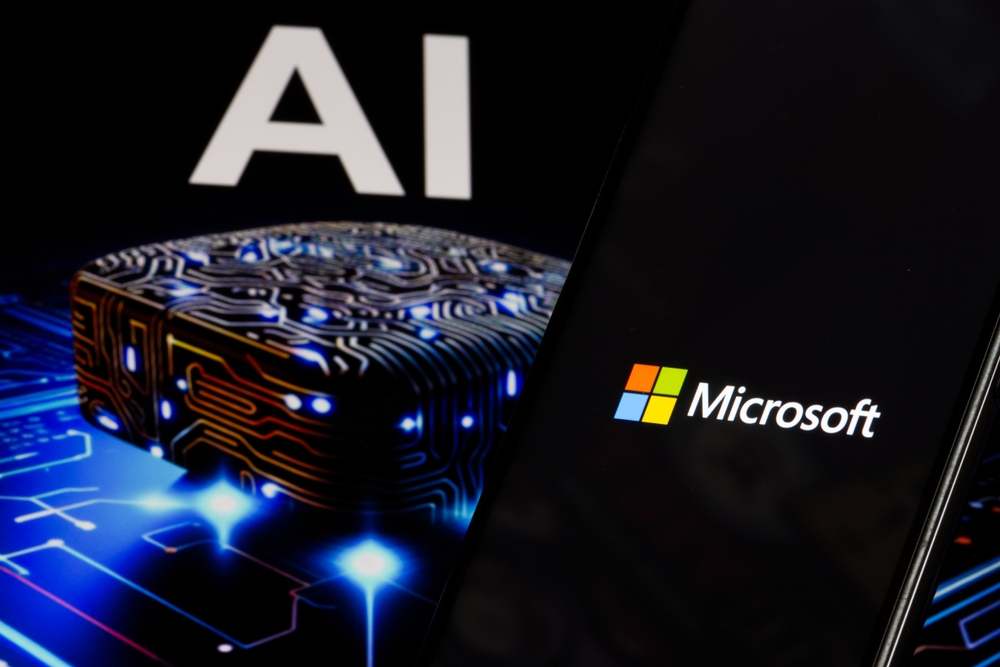Microsoft AI and the Pacific Northwest National Laboratory (PNNL) unearthed a new solid electrolyte that could drastically reduce lithium usage in batteries by up to 70%.
This breakthrough material, informally named N2116, offers a solution to the environmental concerns associated with lithium mining.
Lithium, the primary component in numerous battery technologies, is projected to see shortages as early as 2025, with a tenfold increase in demand expected by 2030. Lithium mining also has a vast environmental footprint, involving substantial water and energy.
The end-to-end process, from concept to working battery prototype, took less than nine months, which they estimate might have traditionally taken some two decades.
Microsoft’s supercomputers accelerated the process, sifting through 32 million potential inorganic materials and narrowing them down to 18 candidates in under a week. This follows a similar breakthrough by Google DeepMind, which created an autonomous research lab that discovered some 2 million new materials.
Jason Zander, Executive Vice President of Microsoft, described AI’s role, stating to the BBC, “This is the way that this type of science I think is going to get done in the future.”
The new solid-state electrolyte, N2116, represents a more sustainable and safer alternative to traditional liquid or gel-like lithium batteries.
Solid-state batteries promise faster charging and greater energy density with extended charge cycles. By including sodium, an element more abundant and less expensive than lithium, N2116 reduces lithium requirements while maintaining efficient energy storage and transfer.
Karl Mueller from PNNL highlighted the role of AI in the discovery, stating, “[We could] modify, test and tune the chemical composition of this new material and quickly evaluate its technical viability for a working battery, showing the promise of advanced AI to accelerate the innovation cycle.”
Harnessing AI for material discovery
Microsoft and Pacific Northwest National Laboratory (PNNL)’s research involved combining AI with high-performance computing (HPC).
Here’s a breakdown of how this process worked:
- Identifying potential materials: The Microsoft Quantum team used AI to analyze an extensive inorganic materials database. From this, they initially identified around 500,000 stable materials in just a few days.
- Narrowing down candidates: Utilizing Microsoft’s Azure Quantum Elements, the team further refined their search from these 500,000 materials to 18 promising candidates for battery development. This process was completed in just 80 hours, demonstrating the remarkable speed at which AI can operate.
- Combining AI with HPC The AI tools were trained to evaluate various chemical elements and their combinations. They proposed a massive pool of 32 million candidates, which were then filtered through different AI tools based on stability, reactivity, and energy conduction potential.
- HPC for verification: The next phase involved using HPC for further verification. This included using density functional theory to calculate the energy of each material and molecular dynamics simulations to analyze the movements of atoms and molecules within the materials.
- Final selection of candidates: After this intense computational process, the list was narrowed down to 150 candidates. Further evaluation of practical aspects like availability and cost reduced this number to 23, out of which five were already known.
- Prototype development: The final step involved PNNL scientists synthesizing the chosen material and developing it into a working prototype battery. This stage is crucial to test the material’s functionality and viability.
AI’s ability to work with vast quantities of complex data and synthesize new understandings from the ground up has proven immensely effective.
For example, in addition to materials, AI is also accelerating the discovery of new therapeutically significant molecules for antibiotic and drug development.





